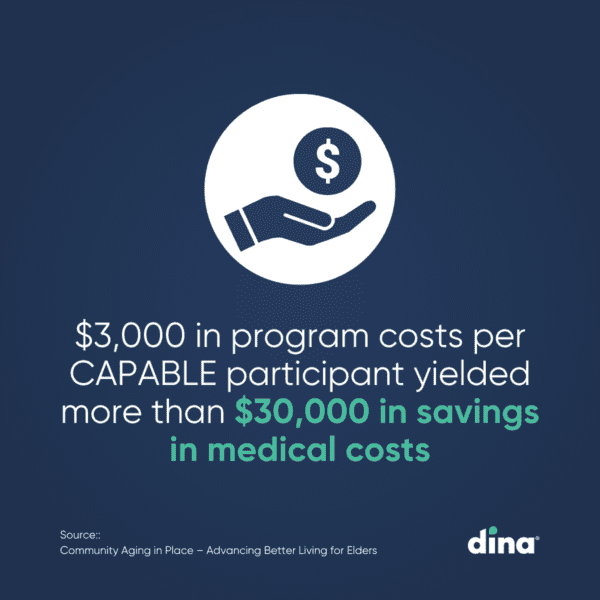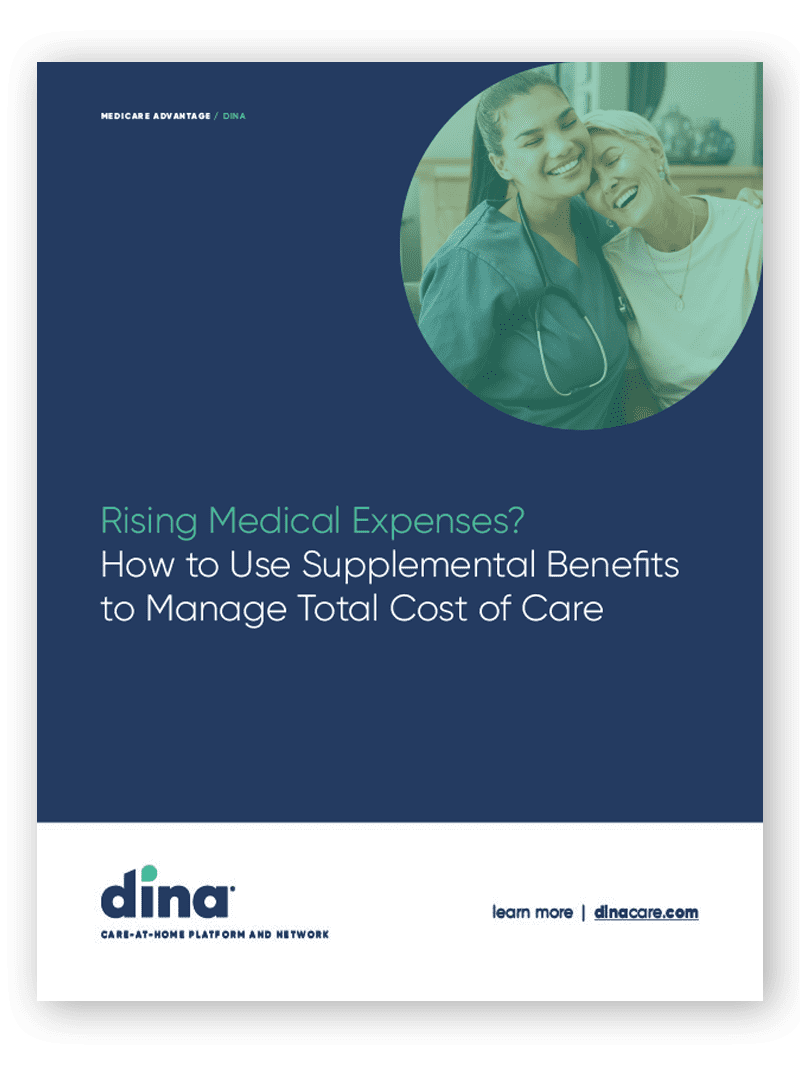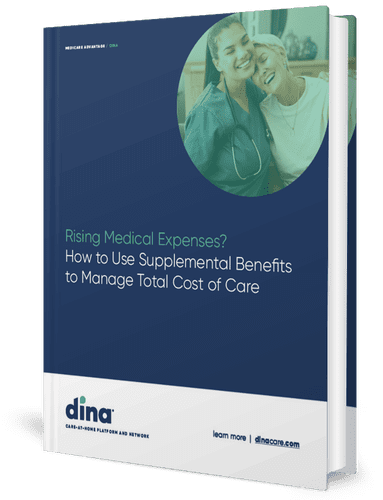
Forward looking health plans are leveraging supplemental and home-based benefits as an integral part of their value-based care strategies and programs. Many are offering preventative interventions including ADL support through homemaker and home health aide services, caregiver support and respite services, home safety evaluations and home modifications, healthy meal programs post-hospitalization, and transportation for both medical and non-medical appointments.

Research shows that services like nutrition, home safety and medication management offered through CAPABLE programs provided more than six times return on investment. Roughly $3,000 in program costs per participant yielded more than $30,000 in savings, driven by reductions in both inpatient and outpatient expenditures
The Right Time to Drive Engagement
Transitional care is the perfect time to evaluate members, raise awareness around the right types of benefits, and activate those benefits to stabilize patients, instead of automatically moving them into a traditional post-acute setting.
“Decades of research has demonstrated there is no better time to engage patients in changing their health behaviors than throughout episodes of illness requiring hospitalizations and follow-up care,” said Mary D. Naylor, Transitional Care Model architect and director of the NewCourtland Center for Transitions and Health at the University of Pennsylvania School of Nursing.
“Research findings have consistently demonstrated that accessing community resources and support throughout critical transitions in care is essential to achieve long-term positive health outcomes,” she said. “And, patient and member engagement is essential to thrive in a value-based care environment.”

Rising Medical Expenses?
Don't Cut Benefits!
Instead, see how to drive smart utilization of non-medical benefits to meet your value-based objectives. Download the report "Rising Medical Expenses? How to Use Supplemental Benefits to Manage Total Cost of Care" to learn more.





